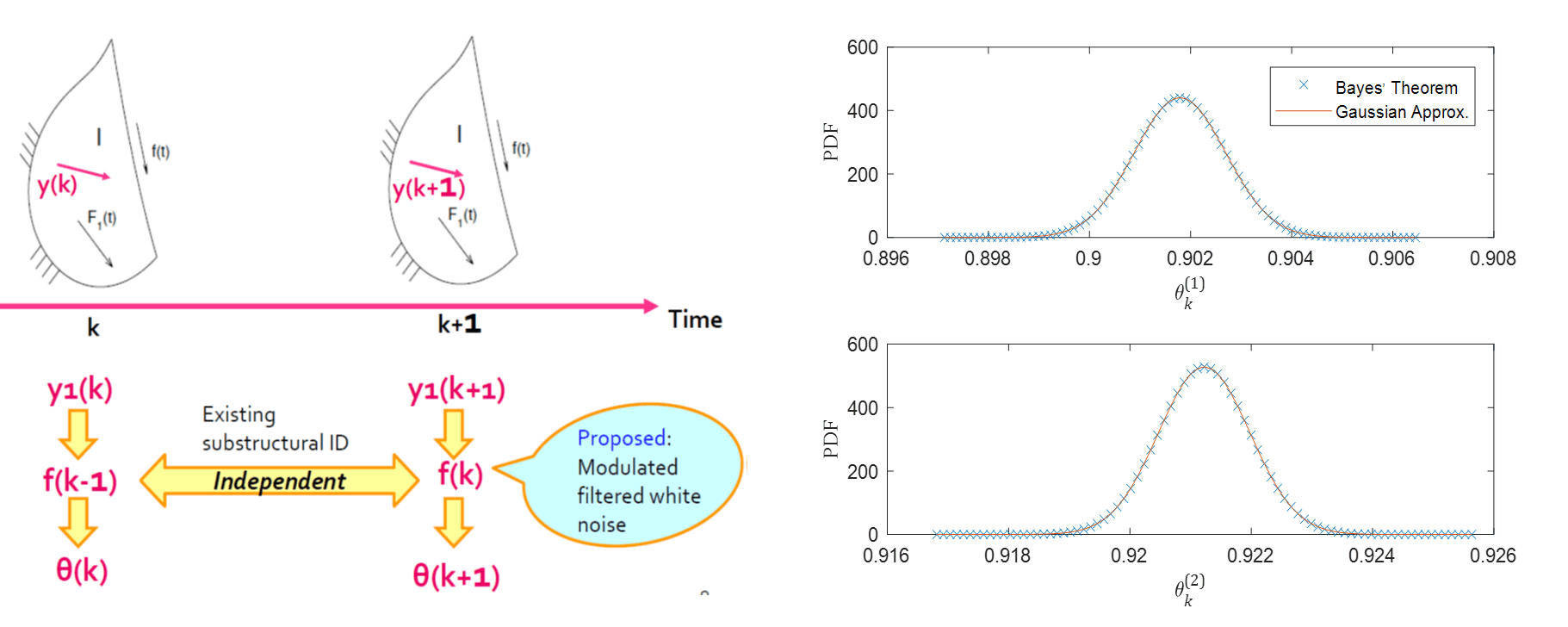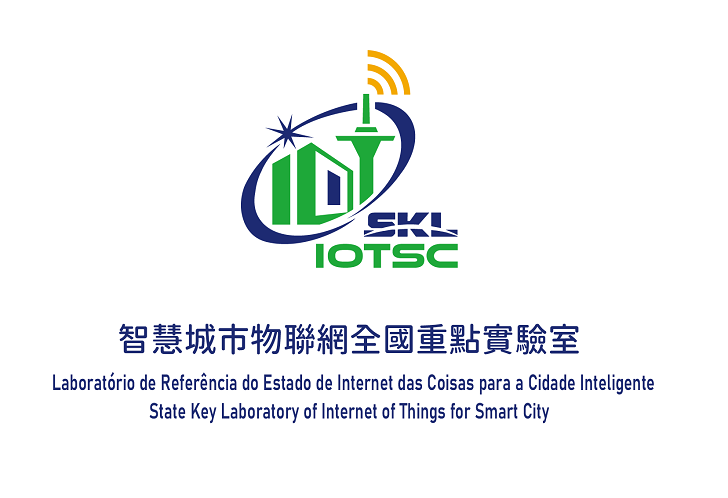
Structural health monitoring
The main purpose of structural health monitoring for civil engineering structures is to utilize automation to detect damage and its severity at the possibly earliest stage so that evacuation or retrofitting can be conducted to minimize the casualties or economic loss. However, this is difficult to achieve due to large modeling error, complicated behavior of construction materials and unmeasured excitation. The biggest challenge is that large civil engineering infrastructures imply large number of structural members and, hence, large number of unknown parameters. Therefore, the inverse problem is computationally challenging and might even become ill-posed. The substructure identification method was proposed by Koh and Shankar in 2003 in order to resolve the problem in handling too many unknown parameters. It can isolate some important substructures and considers the coupling with other portions of the structure. As a result, the identification problem will be associated with much less unknown parameters. Furthermore, this method does not require the measurement of the interface forces. Yuen and Katafygiotis (2006) proposed a Bayesian substructure identification method with output only data. It can quantify the estimation uncertainty. However, subsequent research found that some parameters are unidentifiable under certain circumstances. For example, if a building is subject to earthquake ground motion, the first interstory stiffness cannot be identified with absolute acceleration measurements. However, accelerometers are most commonly used and the first story is the most vulnerable during an earthquake. Therefore, this problem is very critical.

The substructure identification method
The UM team utilized the continuity condition of the interface force to completely resolve the aforementioned problems. This sets an important foundation for practical health monitoring of large civil engineering infrastructure structures. The existing substructure identification methods used some of the measurements to back-calculate the unknown interface force. The portion outside the substructure can interfere the substructure through the interface force. When the interface force can be estimated, the coupling problem between the substructure and its outside portion is released. However, some of the measurements will be used for this process so the number of effective constraints will be lower. On the other hand, for every time step, there will be extra unknowns of the interface force. Moreover, the back-calculation of the interface force and the parametric identification are coupled. All these make the substructure identification problem highly ill-posed. Nevertheless, the existing substructure methods ignored the fact that the interface force is an internal response of the structure so it should be continuous. The UM team utilized this continuity condition to obtain extra constraints among the interface force at different time instants. This completely resolved the aforementioned ill-posed problem.

Novel substructure identification method and results
Relevant publication
- Koh CG, Shankar K. Substructural identification method without interface measurement. Journal of Engineering Mechanics 2003; 129(7):769–776.
- Yuen KV, Katafygiotis LS. Substructure identification and health monitoring using noisy response measurements only. Computer-Aided Civil and Infrastructure Engineering 2006; 21(4):280–291.
- Zhao X, Xu YL, Li J, Chen J. Hybrid identification method for multi-story buildings with unknown ground motion: theory.Journal of Sound and Vibration 2006; 291(1): 215–239.
- Yuen KV, Huang K. Real-time substructural identification by boundary force modeling.” Structural Control and Health Monitoring 2018; 25(5), e2151.
- Yuen KV, Huang K. Identifiability-enhanced Bayesian frequency-domain substructure identification. Computer-aided Civil and Infrastructure Engineering 2018; 33(9), 800-812.




